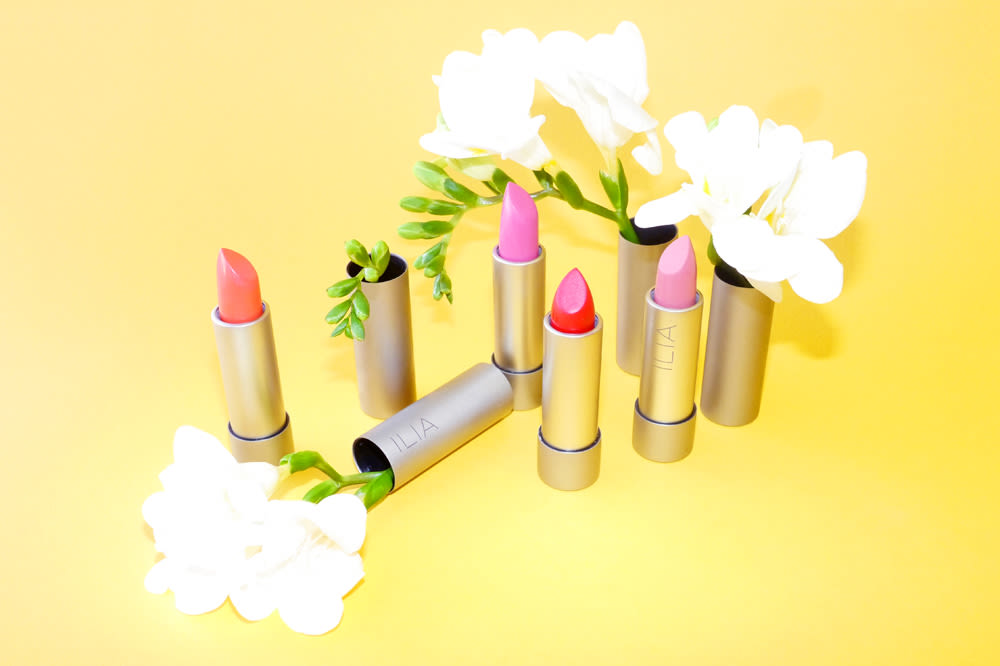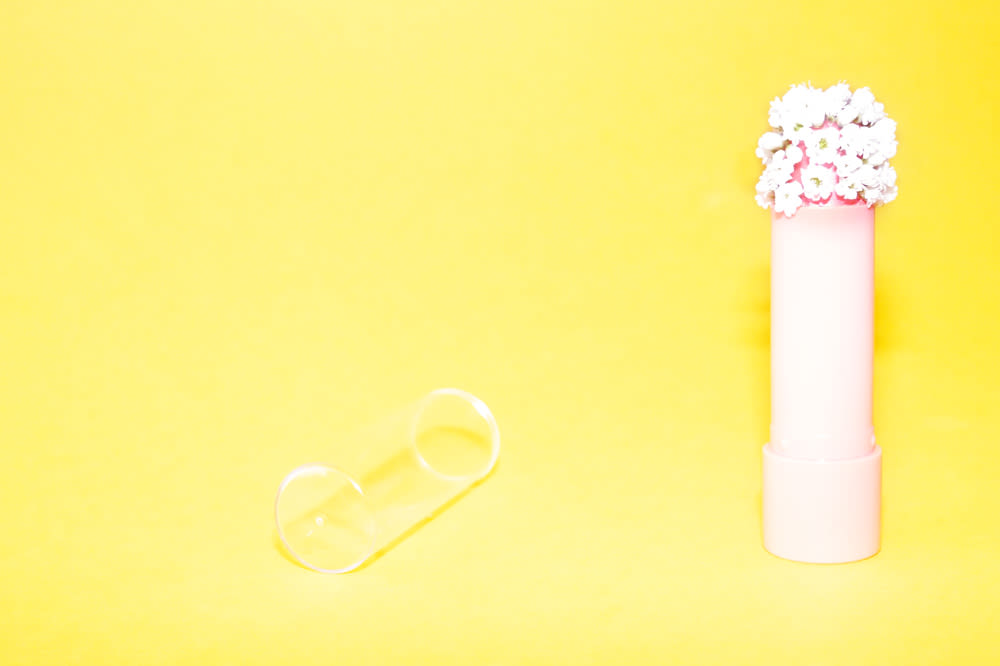I love lipstick, but I hate eating lead. The two shouldn't be mutually exclusive, but until recently, they were—seriously. The FDA found lead in 400 lipsticks a few years back, some at three times the levels allowed in food. Not a pleasant thought, right?
That's when some very capable hippies came to the rescue. I don't know how it happened, but I like to imagine that one day, a bunch of reasonable women in very sensible shoes climbed down from their tree forts in threatened sequoias to fix lipstick once and for all. Whoever it was (second best guess is grad students who got tired of eco-terrorism), they answered my cri de coeur and formulated lip stuff that looks lovely and has the added benefit of not poisoning me.
I've tried a ton of organic and lead-free lip colors at this point, so I wanted to share the best I've found with you, my favorite internet people!
First off, Ilia Lipstick and Lip Conditioner. I got hooked on Arabian Knights Lip Conditioner initially because it was like a glossier, more atmospheric Clinique Black Honey Almost Lipstick, but since then I've started using Crimson and Clover Lip Conditioner (perfect summer red) and the lipstick in Femme Fatale (vampy, but not harsh). They're gluten-free, dairy-free, made with USDA-certified organic ingredients, and really hydrating.
If you're looking for more of a pot rouge situation, also consider RMS Lip2Cheek. It's coconut oil-based, so it has a pretty transparency that makes it highly buildable and natural-looking, too. Great for tossing in your purse, and doubles as blush. One caveat: the formula is decidedly for dry skin, so if you're on the oilier end of the spectrum, you might want to look at...
Vapour Siren Lipstick, which is more matte, with a slightly harder texture for long wear. It comes in more shades than any other eco-conscious line, so if you have a signature color, it's probably the first place I'd look. This one is 70% organic and 30% mineral pigments, and some of the ingredients are wildcrafted or eco-cert as well.
Of course, you could always just make your own. It's not difficult if you have time for experimenting and access to mineral pigments. You melt down equal parts beeswax, coconut oil, and cocoa butter, then mix in mica, iron oxides, etc. for color (beetroot powder, turmeric, or cocoa powder also work). Then pour the mixture into a container, let it harden, and use whenever you want. Just don't blow up your kitchen in the process!
—Lacey Gattis
Photos by Annie Kreighbaum.




